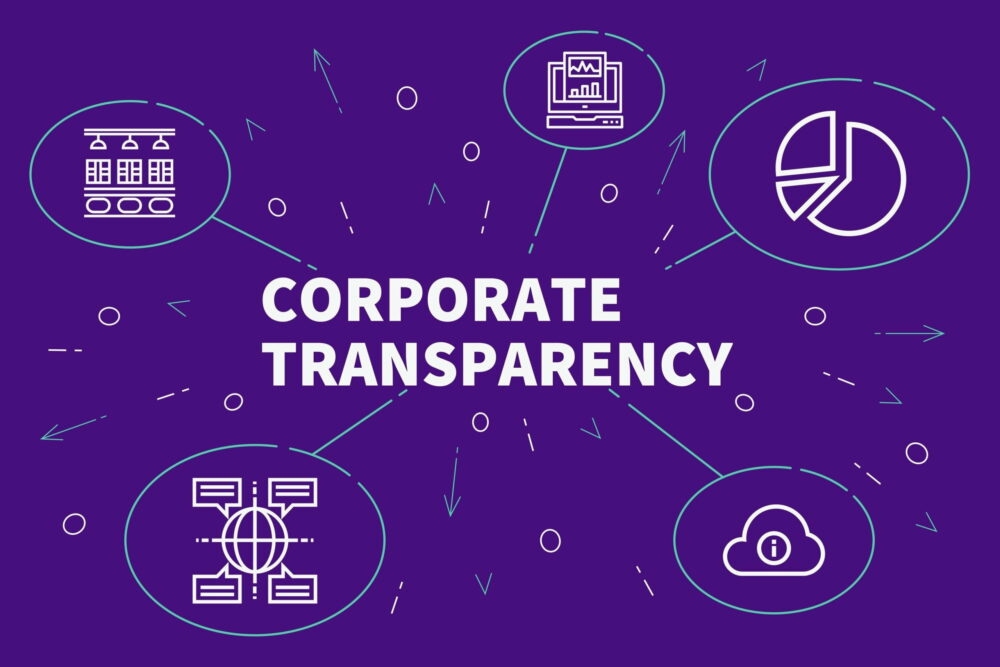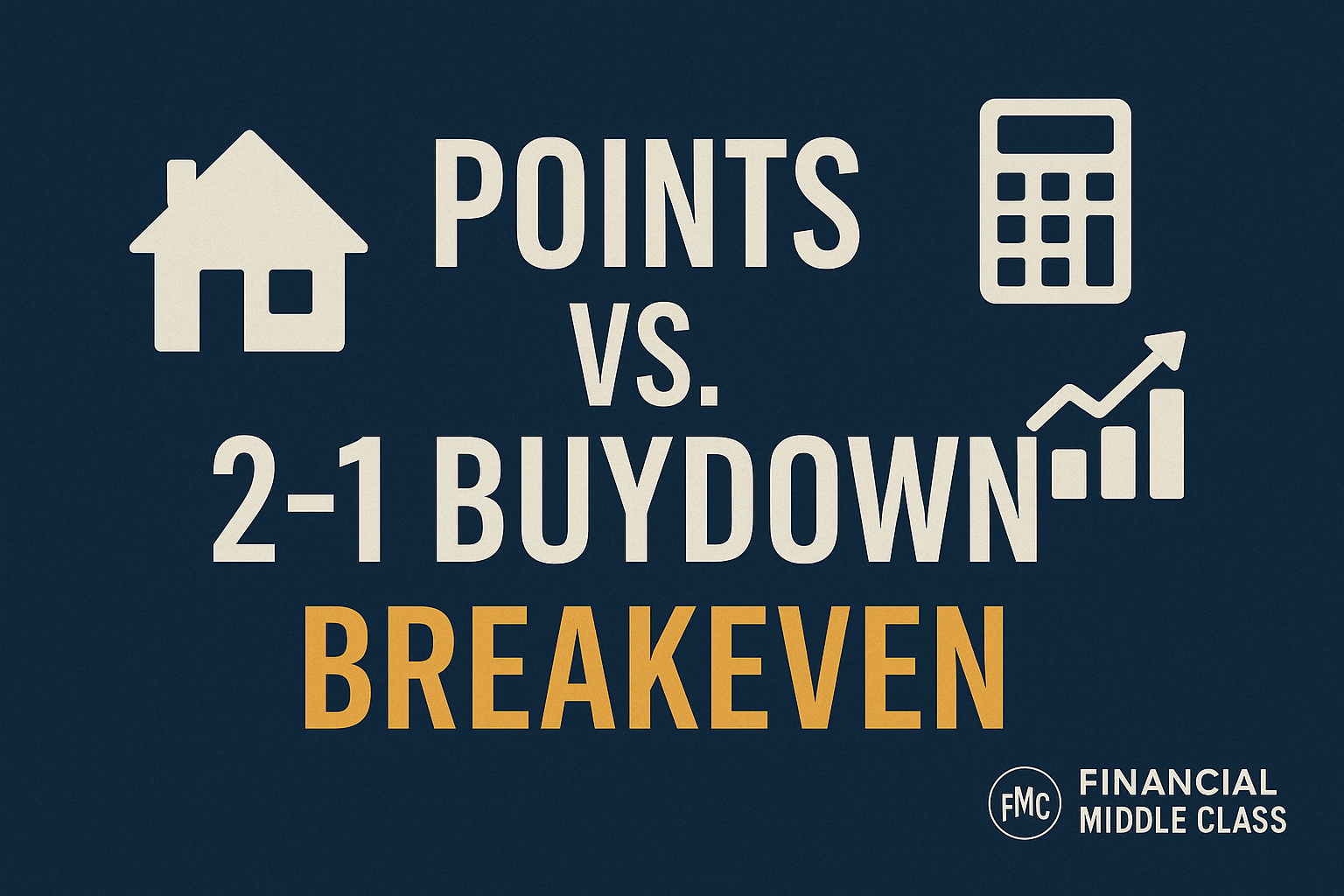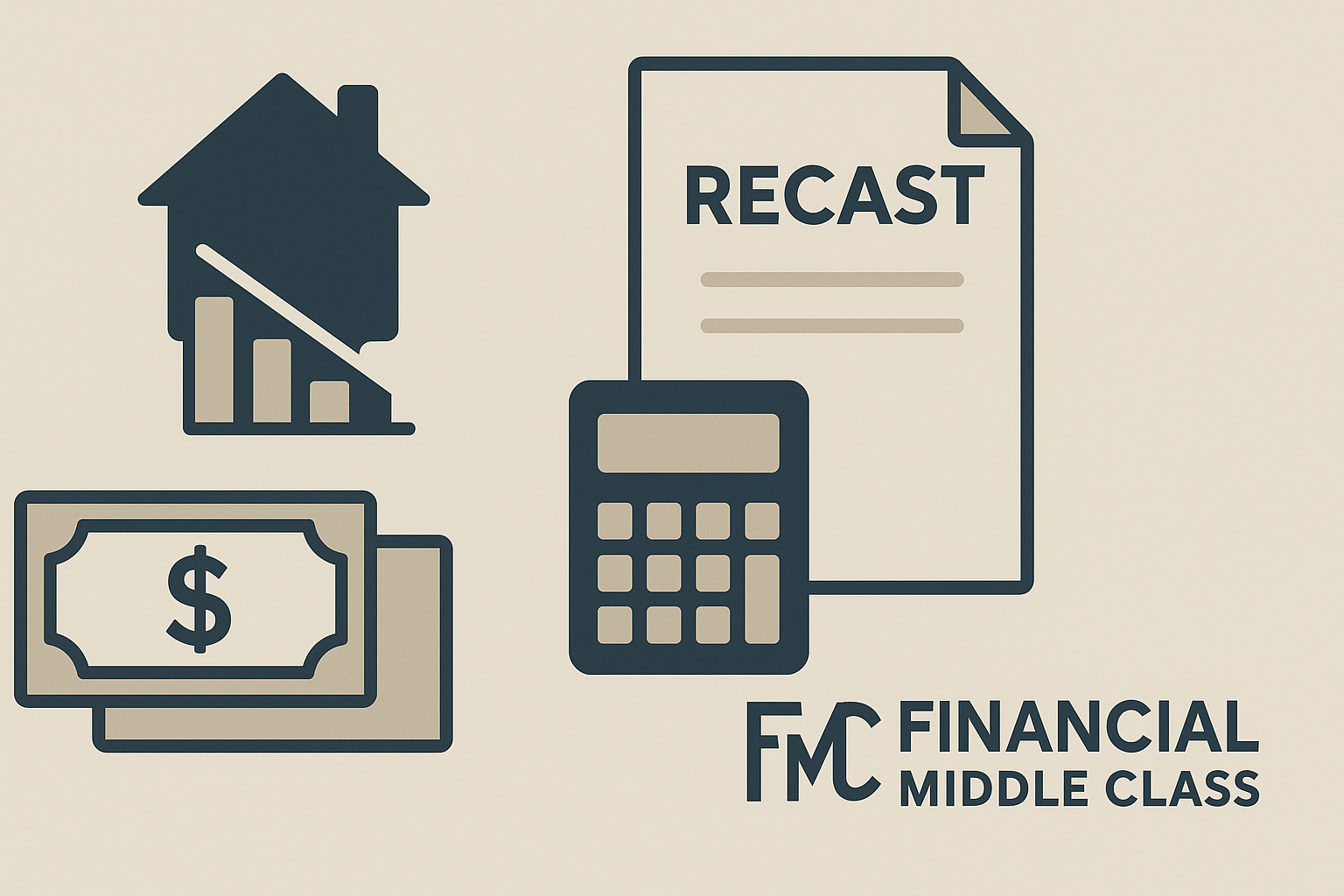
All You Need to Know about the Corporate Transparency Act
By Article Posted by Staff Contributor
The estimated reading time for this post is 285 seconds
The Corporate Transparency Act (CTA) is a landmark piece of legislation aimed at promoting greater transparency in the ownership of corporations, particularly those involved in financial transactions.
The act, which was signed into law in January 2021, represents a significant shift in the way that the United States government regulates corporate ownership and control.
In this article, we will explore the key features of the Corporate Transparency Act, examine its potential impact on the business world, and consider the broader implications of this important new law.
What is the Corporate Transparency Act?
The Corporate Transparency Act is a federal law that requires certain corporations to disclose information about their beneficial ownership to the US Department of the Treasury’s Financial Crimes Enforcement Network (FinCEN).
Specifically, the law requires corporations to provide information about individuals who own or control at least 25% of the company’s ownership interests or voting rights.
The law is designed to address concerns about anonymous ownership and control of corporations, which can be used to facilitate illicit activities such as money laundering, terrorist financing, and tax evasion.
By requiring corporations to disclose information about their beneficial ownership, the law aims to improve transparency and accountability in the financial system and to make it more difficult for criminals to use anonymous companies for illicit purposes.
Who is affected by the Corporate Transparency Act?
The Corporate Transparency Act applies to certain corporations that are formed or registered to do business in the United States. Specifically, the law applies to corporations that meet the following criteria:
- The corporation is not publicly traded on a US stock exchange.
- The corporation has more than 20 employees.
- The corporation has more than $5 million in gross annual revenue.
Corporations that meet these criteria must submit a report to FinCEN that includes the following information:
- The name, date of birth, address, and Social Security number or passport number of each individual who owns or controls at least 25% of the corporation’s ownership interests or voting rights.
- A statement identifying the individual or individuals who have substantial control over the corporation, including an explanation of the nature and extent of that control.
The law also requires corporations to update this information on an ongoing basis, and to report any changes to FinCEN within a specified timeframe.
What are the implications of the Corporate Transparency Act?
The Corporate Transparency Act has significant implications for the business world, particularly for small and mid-sized corporations that are not publicly traded.
For these companies, the law represents a significant new regulatory burden, requiring them to collect and report detailed information about their ownership and control structures.
At the same time, the law is expected to have significant benefits in terms of improving transparency and accountability in the financial system.
By requiring corporations to disclose information about their beneficial ownership, the law will make it more difficult for criminals to use anonymous companies for illicit purposes, such as money laundering and terrorist financing.
In addition, the law is likely to have important implications for law enforcement and regulatory agencies, providing them with valuable new tools to identify and investigate financial crimes.
For example, the information collected under the law will be available to law enforcement agencies and other authorized parties, who will be able to use it to identify suspicious financial transactions and to track the flow of illicit funds.
What are the broader implications of the Corporate Transparency Act?
The Corporate Transparency Act is part of a broader trend towards increased regulation and oversight of the financial system, both in the United States and around the world.
In recent years, governments and regulatory bodies have become increasingly concerned about the use of anonymous companies to facilitate financial crimes, and have taken a number of steps to address this issue.
For example, in the European Union, the Fifth Anti-Money Laundering Directive (5AMLD) requires member states to establish registers of beneficial ownership for companies and other legal entities. Similarly, the Financial Action Task Force (FATF), an
The Corporate Transparency Act is part of a broader trend towards increased regulation and oversight of the financial system, both in the United States and around the world.
This trend has been driven by a growing recognition that anonymous companies can be used to facilitate a wide range of financial crimes, including money laundering, terrorist financing, and tax evasion.
Governments and regulatory bodies have responded to this challenge in a number of ways.
In addition to the Corporate Transparency Act in the US and the Fifth Anti-Money Laundering Directive in the EU, a number of other countries have taken steps to improve transparency in corporate ownership and control.
For example, the United Kingdom has established a public register of beneficial ownership for companies, which allows anyone to access information about who owns and controls UK companies.
Similarly, Canada has introduced new regulations that require companies to keep records of their beneficial ownership and to provide this information to law enforcement agencies upon request.
These efforts are part of a broader shift towards a more proactive approach to financial regulation, in which governments and regulatory bodies seek to identify and prevent financial crimes before they occur, rather than simply responding after the fact.
This approach involves a range of measures, including increased data sharing and analysis, enhanced due diligence requirements, and more robust enforcement mechanisms.
Overall, the trend towards increased transparency and accountability in the financial system is likely to have significant implications for businesses of all sizes, as they will be required to comply with new regulations and reporting requirements.
At the same time, these efforts are likely to improve the integrity and stability of the financial system, which will benefit both businesses and society as a whole.
RELATED ARTICLES
Points, Buy-Downs, and Breakeven: Stop Lighting Money on Fire
The estimated reading time for this post is 402 seconds Reality Check: The Payment You Can Breathe With You don’t need another “rate hack.” You need a mortgage payment that lets you sleep. Too many of us are getting pitched...
Mortgage Recast: The Low-Cost Way to Shrink Your Payment Without Refinancing
The estimated reading time for this post is 597 seconds Reality Check You sold the old house but the new one closed first. Now you’re sitting on a chunk of cash and a monthly payment that makes your stomach clench...
Leave Comment
Cancel reply

Points, Buy-Downs, and Breakeven: Stop Lighting Money on Fire

Mortgage Recast: The Low-Cost Way to Shrink Your Payment Without Refinancing

🏠 The House That Built (and Broke) the Middle Class: How Much Home Should Americans Really Buy
Gig Economy
American Middle Class / Oct 26, 2025
Points, Buy-Downs, and Breakeven: Stop Lighting Money on Fire
The estimated reading time for this post is 402 seconds Reality Check: The Payment You Can Breathe With You don’t need another “rate hack.” You need...
By Article Posted by Staff Contributor
American Middle Class / Oct 26, 2025
Mortgage Recast: The Low-Cost Way to Shrink Your Payment Without Refinancing
The estimated reading time for this post is 597 seconds Reality Check You sold the old house but the new one closed first. Now you’re sitting...
By Article Posted by Staff Contributor
American Middle Class / Oct 24, 2025
🏠 The House That Built (and Broke) the Middle Class: How Much Home Should Americans Really Buy
The estimated reading time for this post is 418 seconds You can tell a lot about someone’s economic standing by their mortgage application. The size of...
By MacKenzy Pierre
American Middle Class / Oct 24, 2025
How to Fight Financial Fraud (Without Losing Your Sanity—or Your Savings)
The estimated reading time for this post is 561 seconds Reality Check You don’t wake up planning to get scammed. No one does. It starts with...
By Article Posted by Staff Contributor
American Middle Class / Oct 24, 2025
Property Tax Shock: How to Appeal Your Assessment (and Actually Win)
The estimated reading time for this post is 425 seconds If your property tax bill jumped like it found a pre-workout, don’t just grumble—appeal it. Assessments...
By Article Posted by Staff Contributor
American Middle Class / Oct 24, 2025
HELOC vs. Cash-Out Refi: Which One Actually Lowers Your Risk?
The estimated reading time for this post is 424 seconds The Fast Answer (Start Here) If your current first-mortgage rate is meaningfully lower than today’s, keep...
By Article Posted by Staff Contributor
American Middle Class / Oct 22, 2025
The Middle-Class Town in All 50 States (2025 Edition)
The estimated reading time for this post is 277 seconds Middle-class life looks different in every corner of America. In some states, it’s a tidy three-bed...
By Article Posted by Staff Contributor
American Middle Class / Oct 21, 2025
America’s Repo Crisis: What Soaring Car Repossessions Reveal About the Middle-Class Squeeze
The estimated reading time for this post is 322 seconds For many Americans, owning a car was long a pillar of middle-class stability. That’s shifting. Monthly...
By Article Posted by Staff Contributor
American Middle Class / Oct 18, 2025
The Equity Mirage: Why a $17.5 Trillion Cushion Doesn’t Mean You Should Strip Your House for Cash
The estimated reading time for this post is 592 seconds Mortgage rates barely slipped—call it three-quarters of a point from recent highs—and yet homeowners rushed to...
By FMC Editorial Team
American Middle Class / Oct 18, 2025
The Top 15 States Seeing the Biggest Equity Gains—Then vs. Now
The estimated reading time for this post is 576 seconds A handful of states—mostly in the Northeast and Midwest—are posting the strongest house-price gains right now....
By FMC Editorial Team
Latest Reviews
American Middle Class / Oct 26, 2025
Points, Buy-Downs, and Breakeven: Stop Lighting Money on Fire
The estimated reading time for this post is 402 seconds Reality Check: The Payment You...
American Middle Class / Oct 26, 2025
Mortgage Recast: The Low-Cost Way to Shrink Your Payment Without Refinancing
The estimated reading time for this post is 597 seconds Reality Check You sold the...
American Middle Class / Oct 24, 2025
🏠 The House That Built (and Broke) the Middle Class: How Much Home Should Americans Really Buy
The estimated reading time for this post is 418 seconds You can tell a lot...



